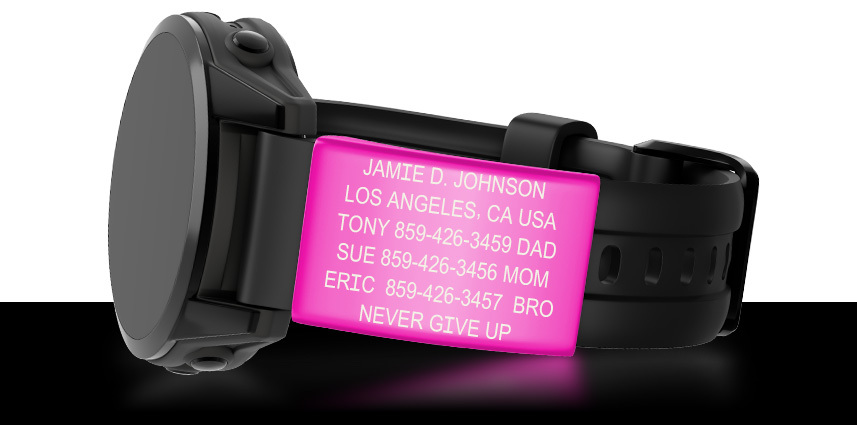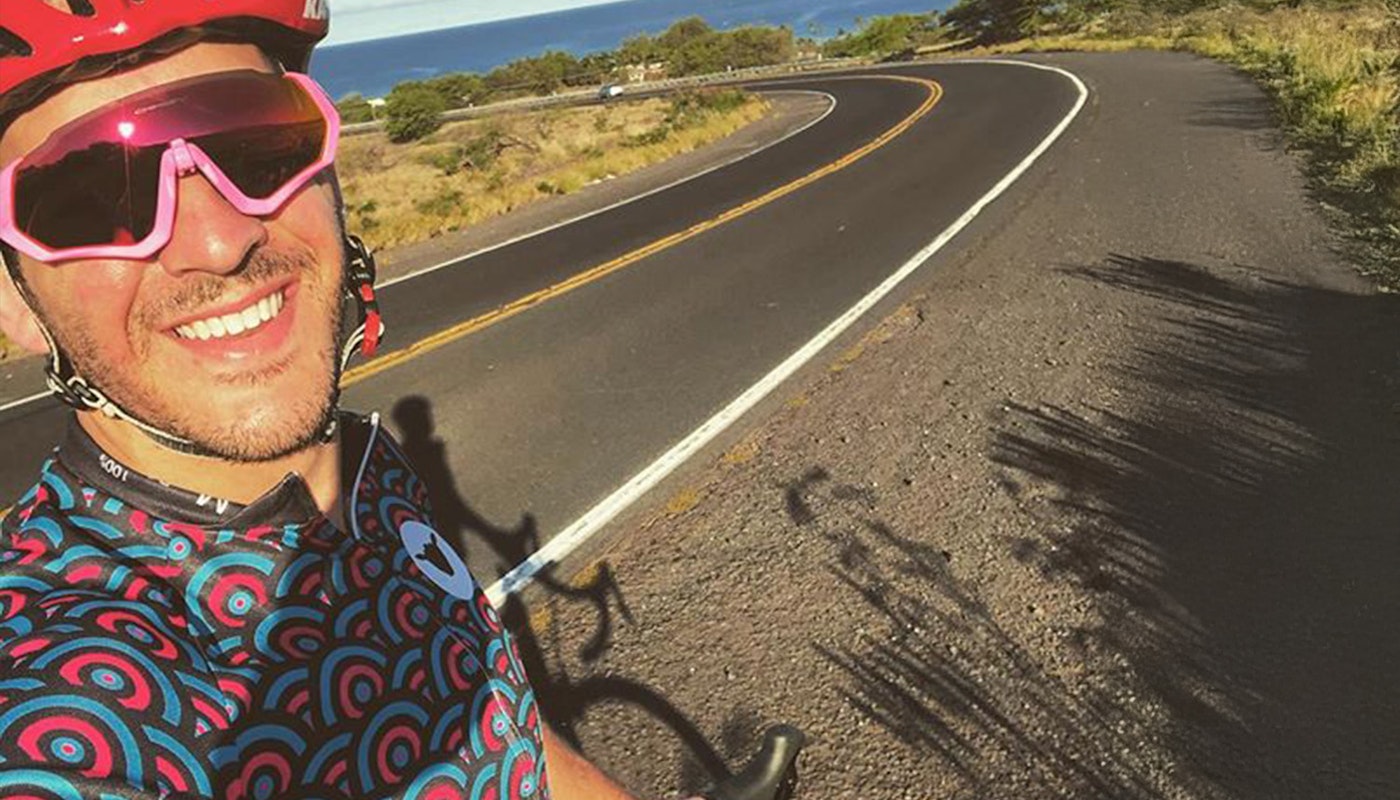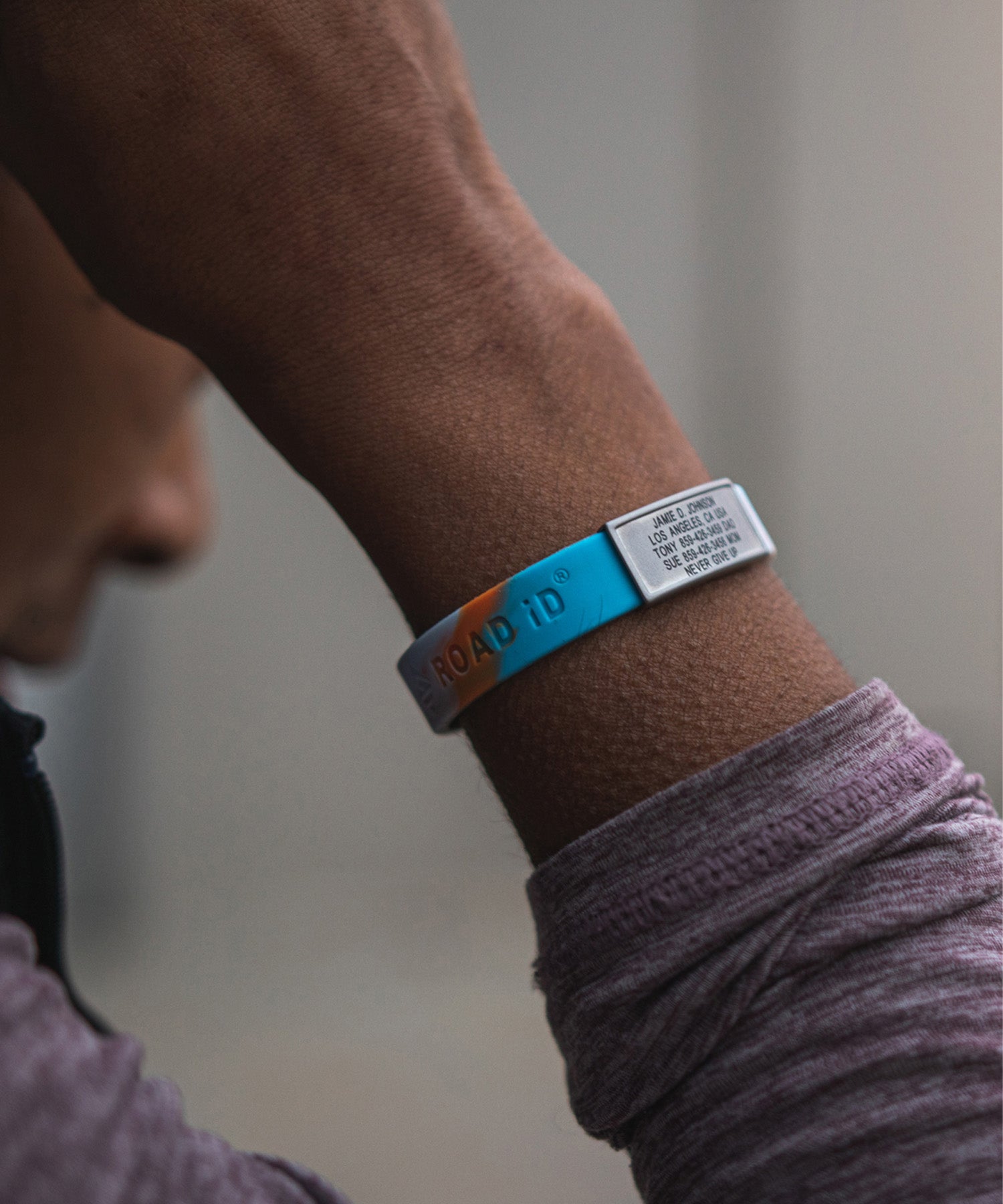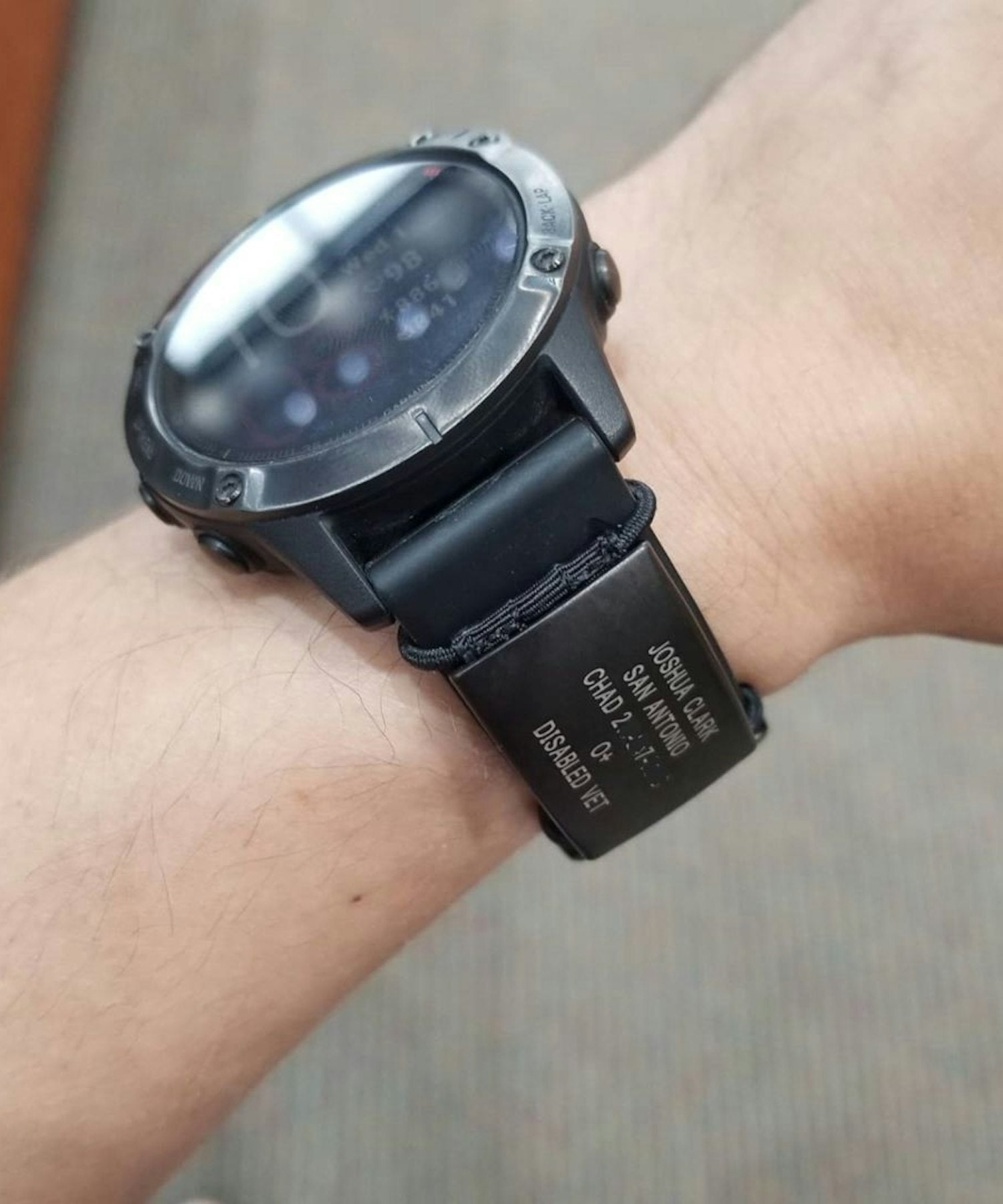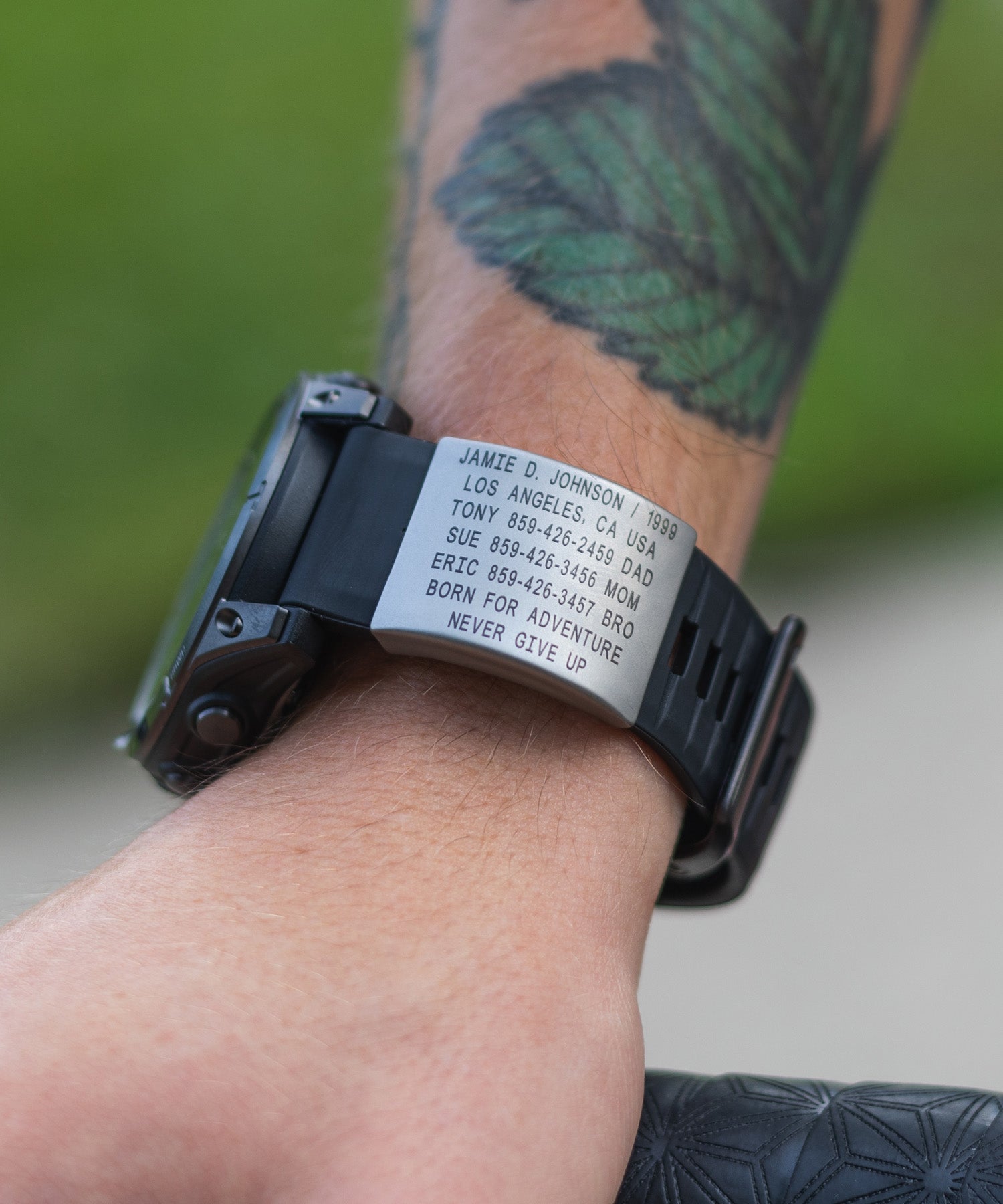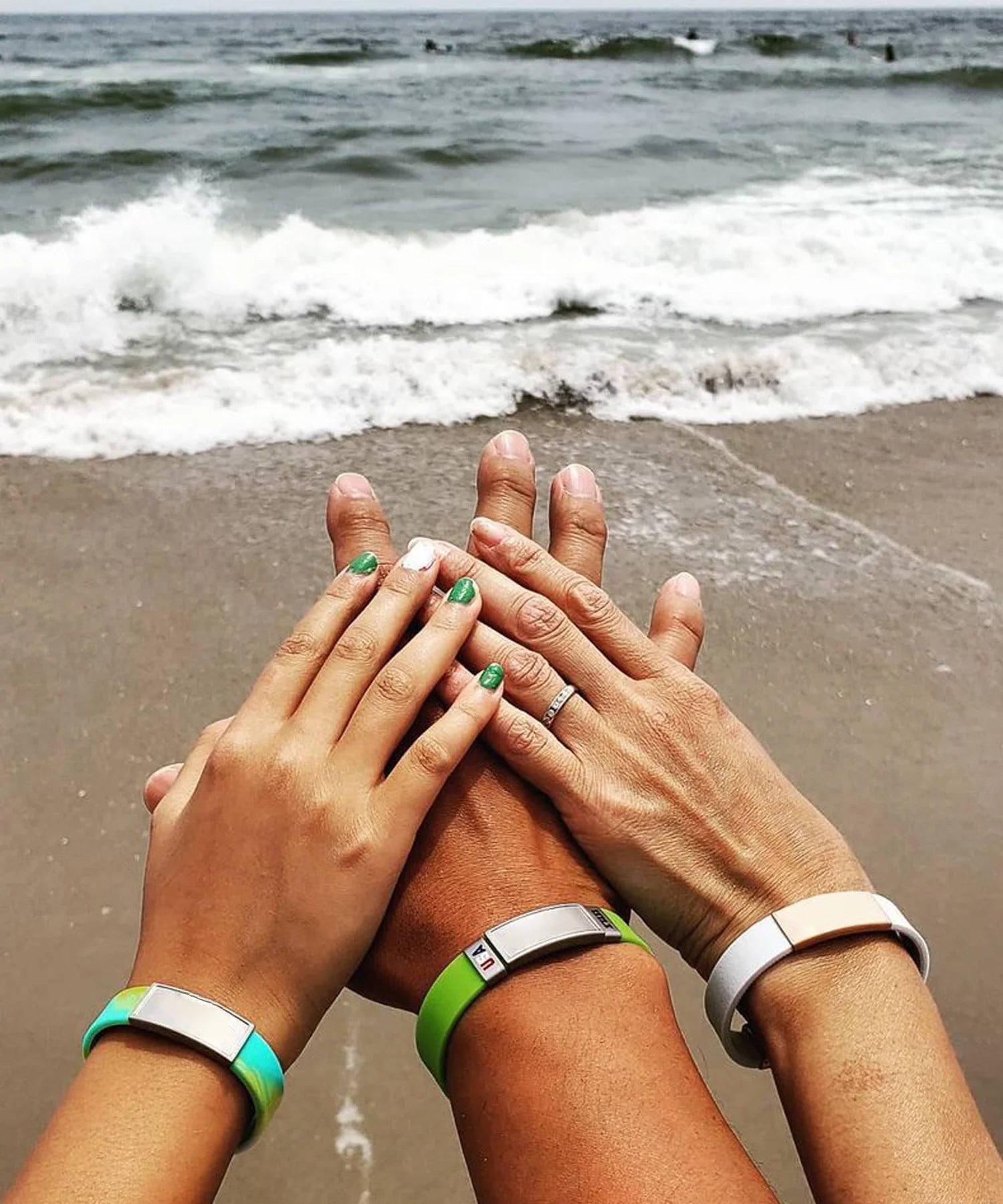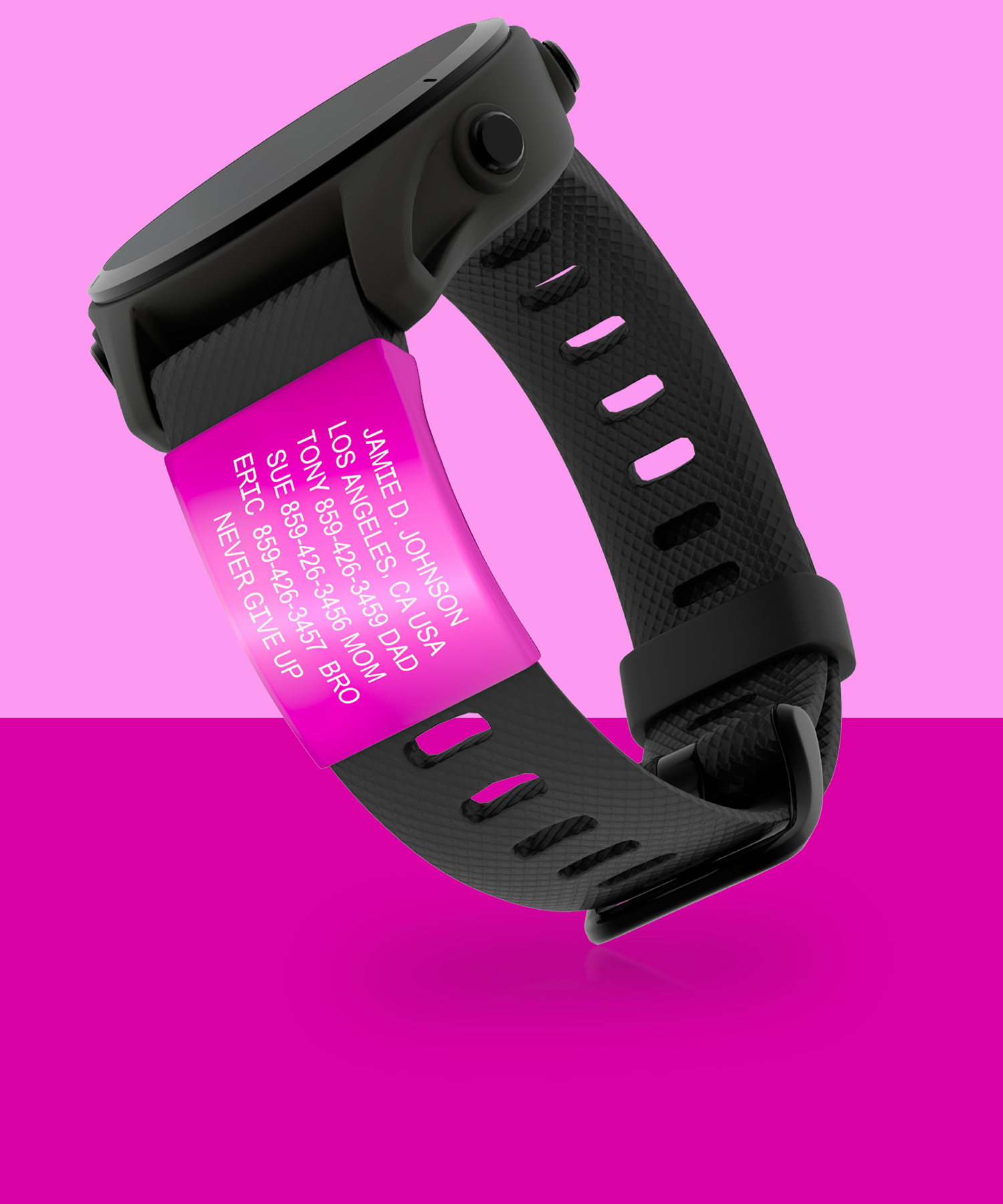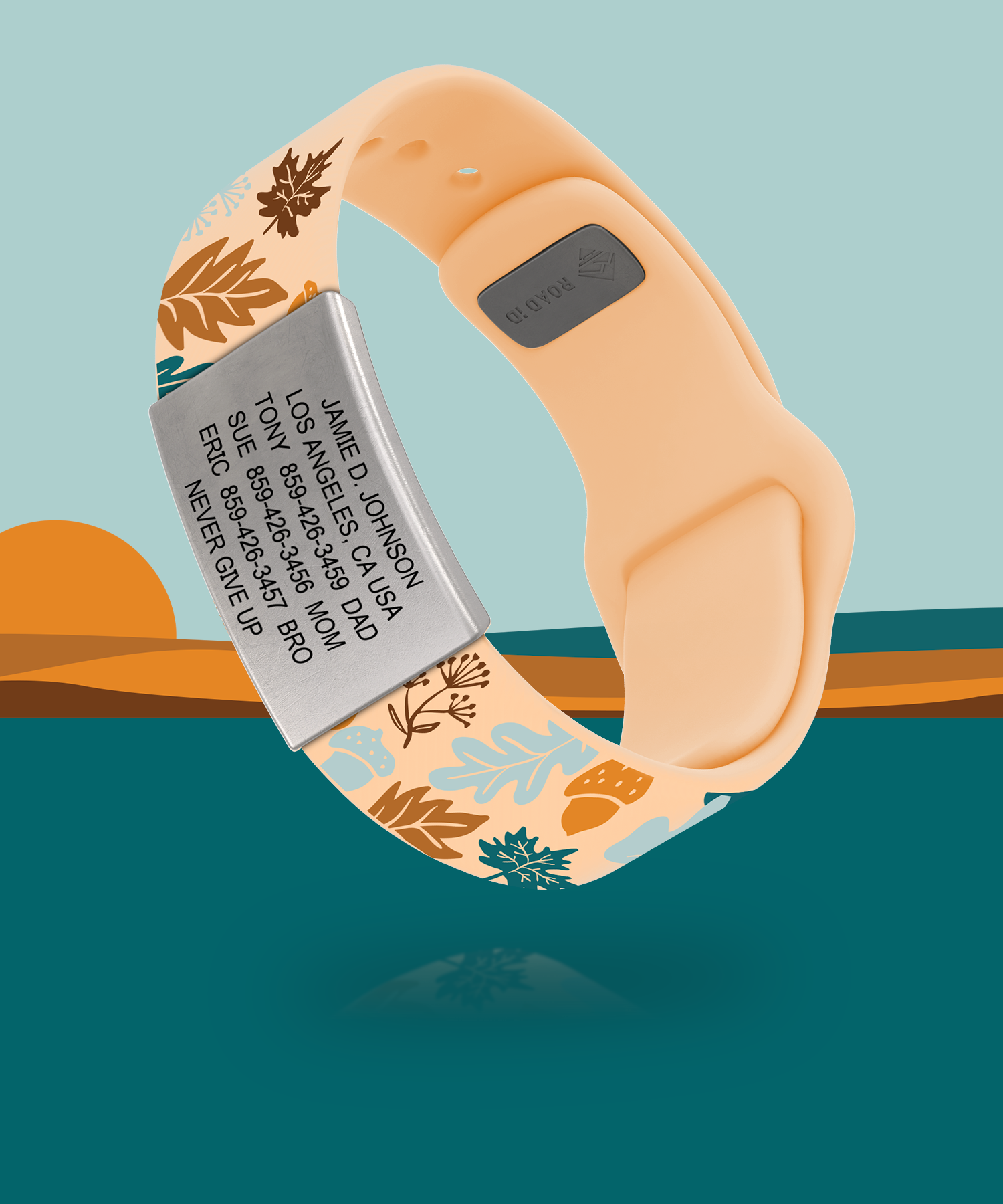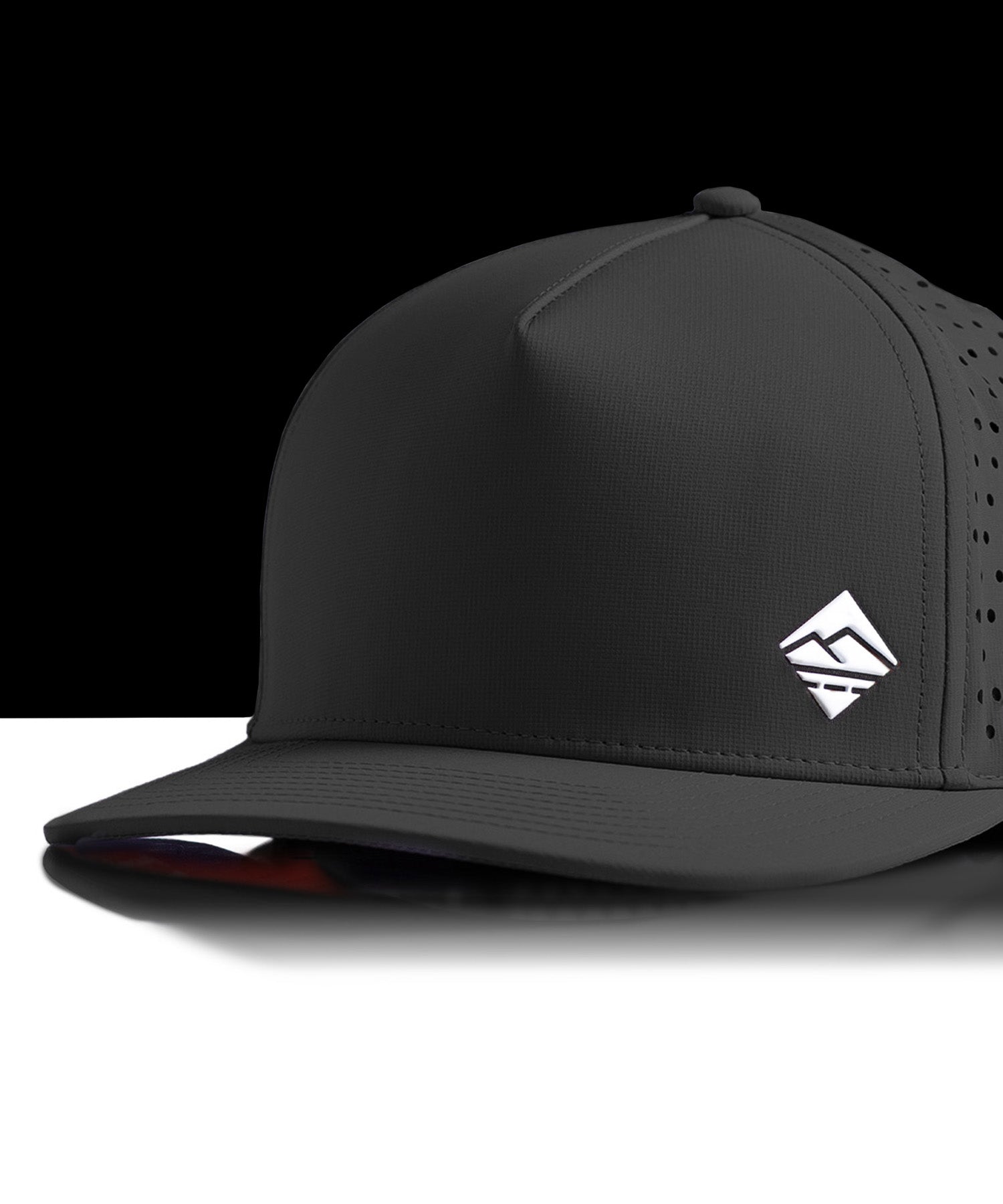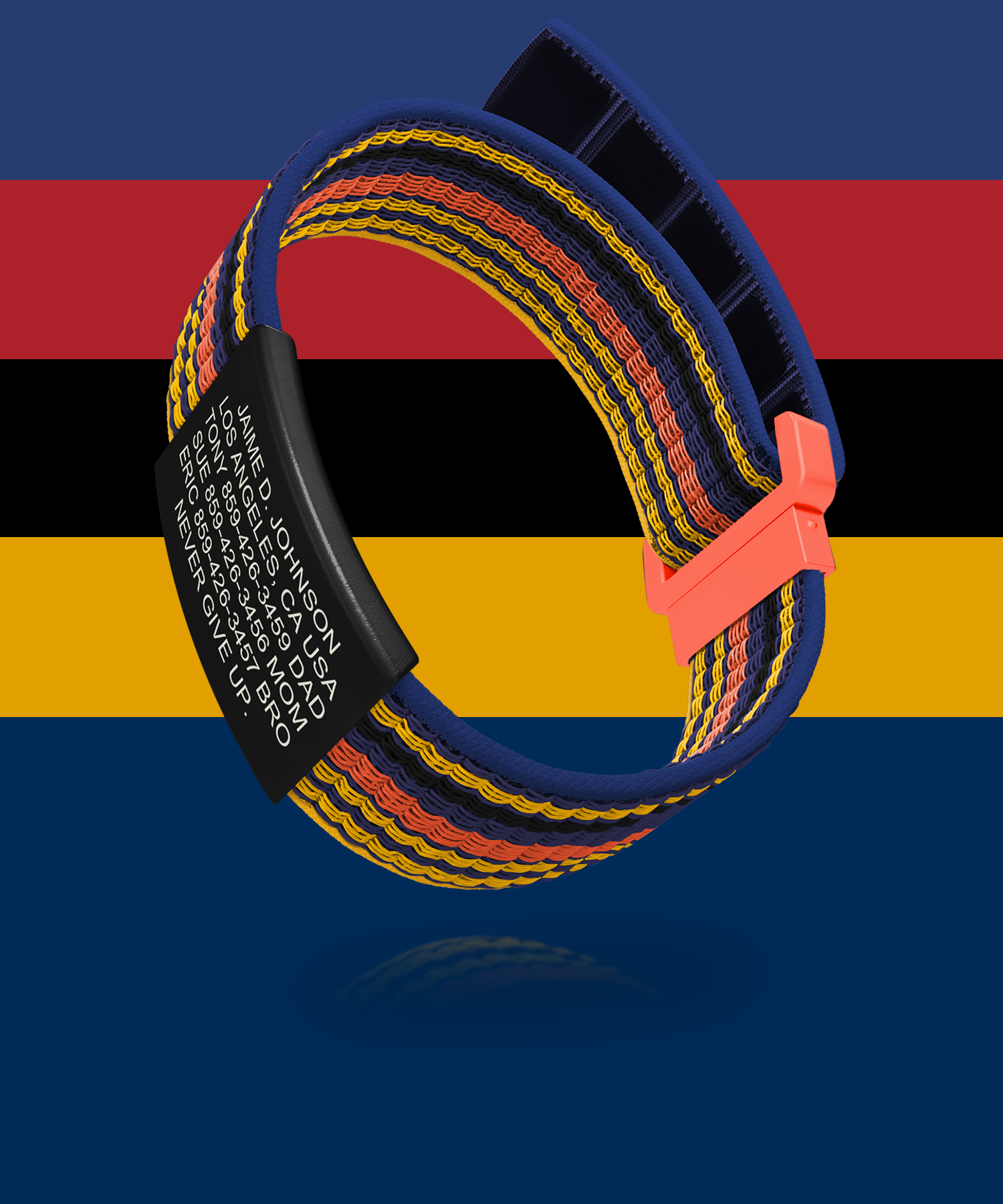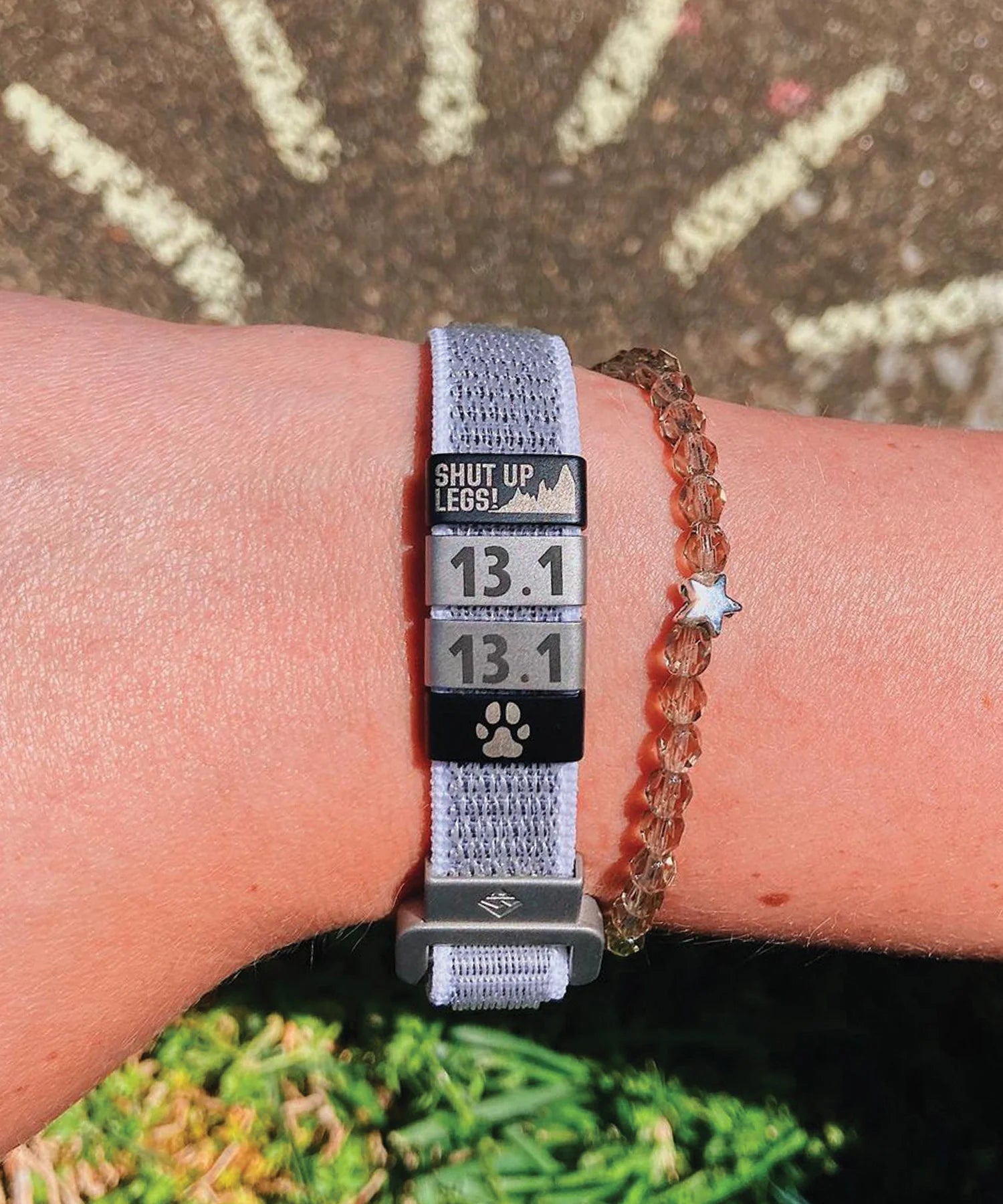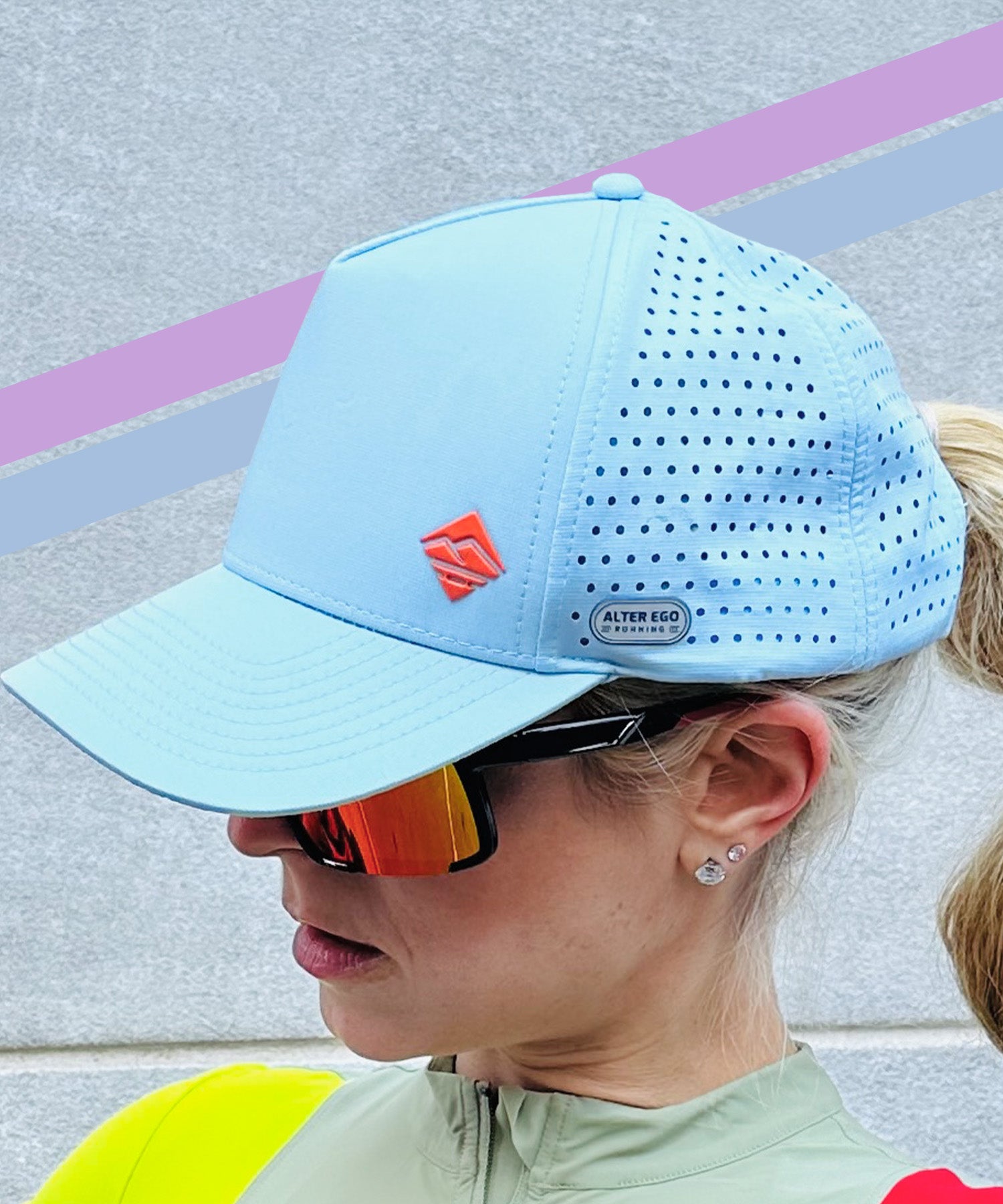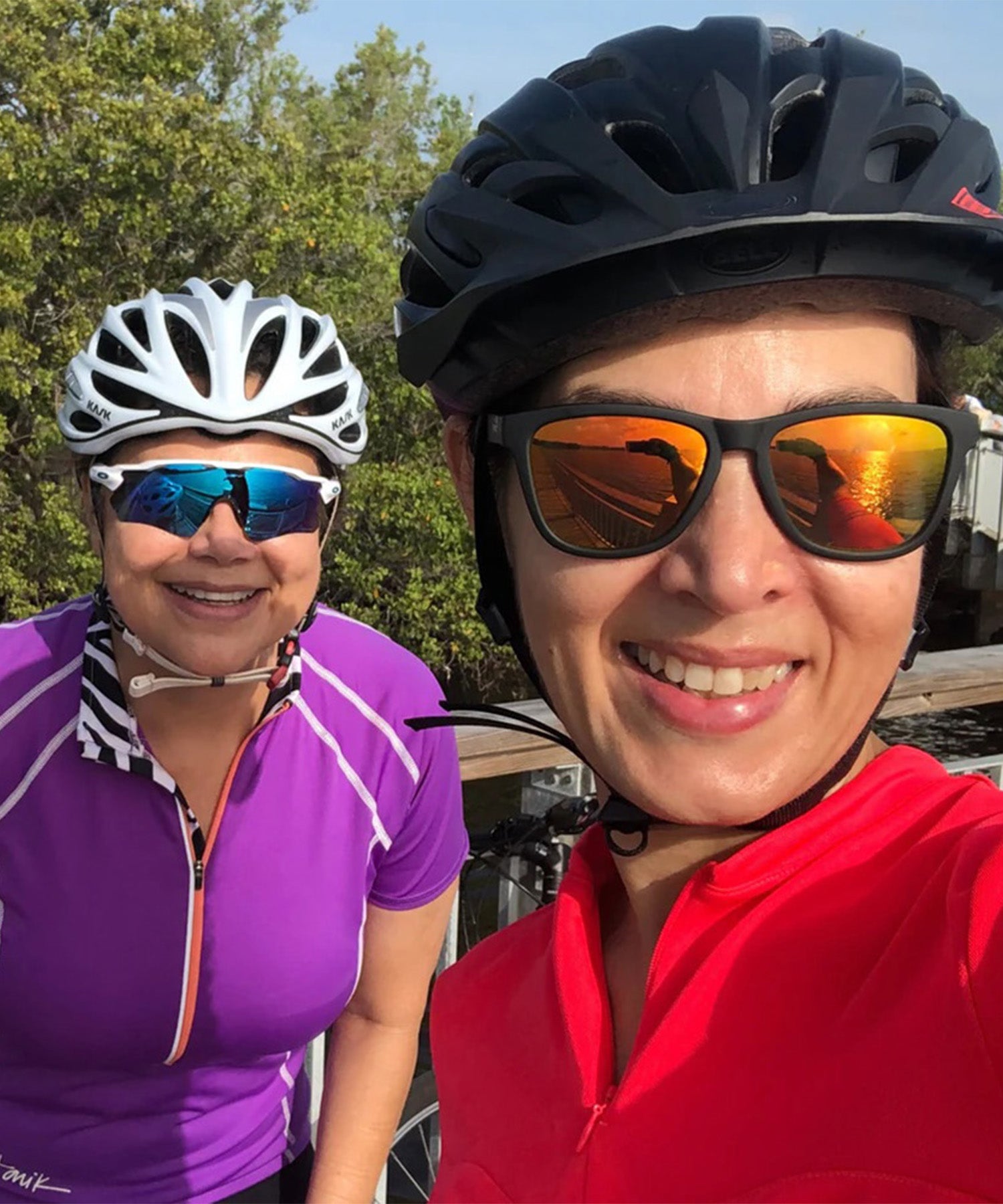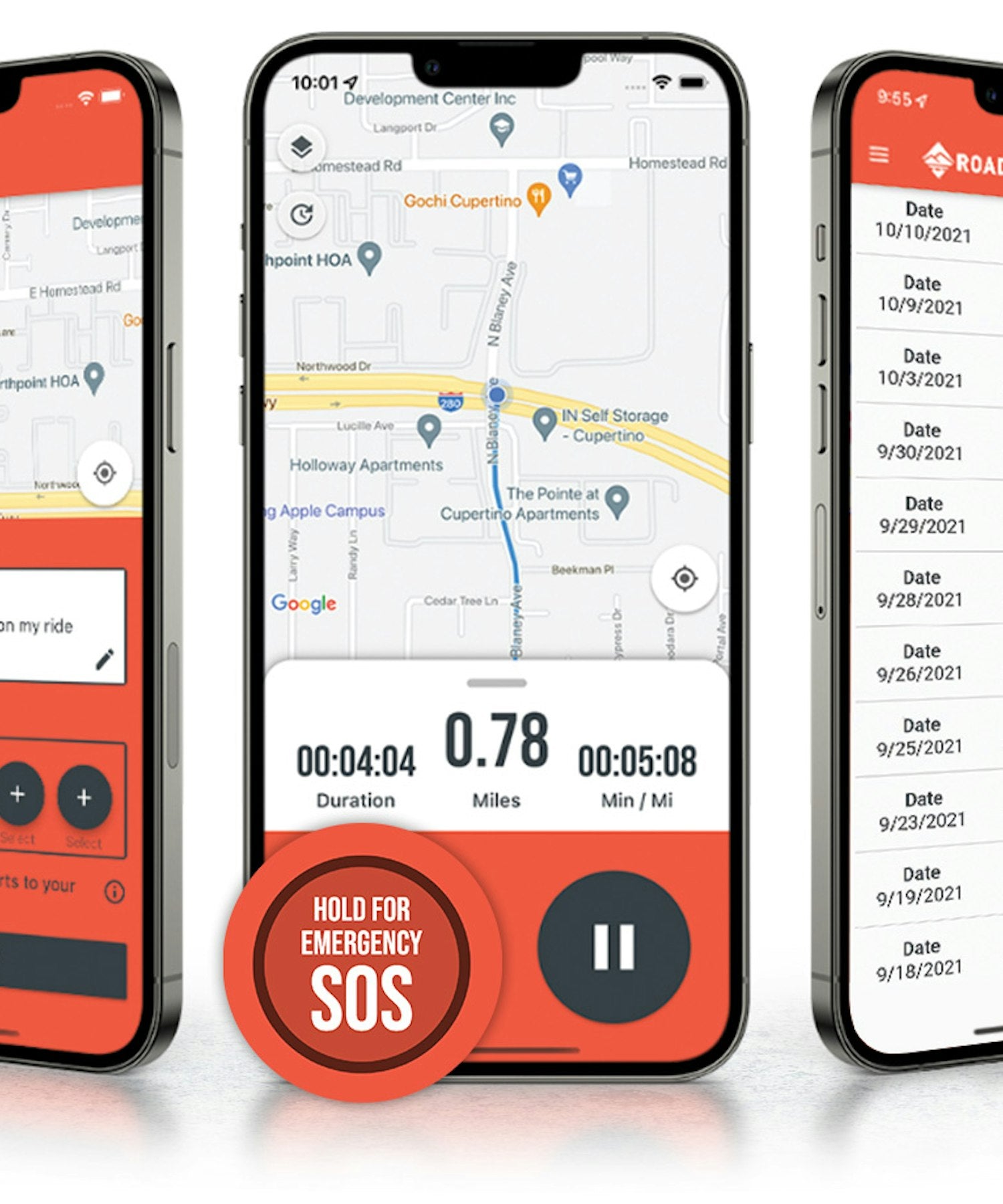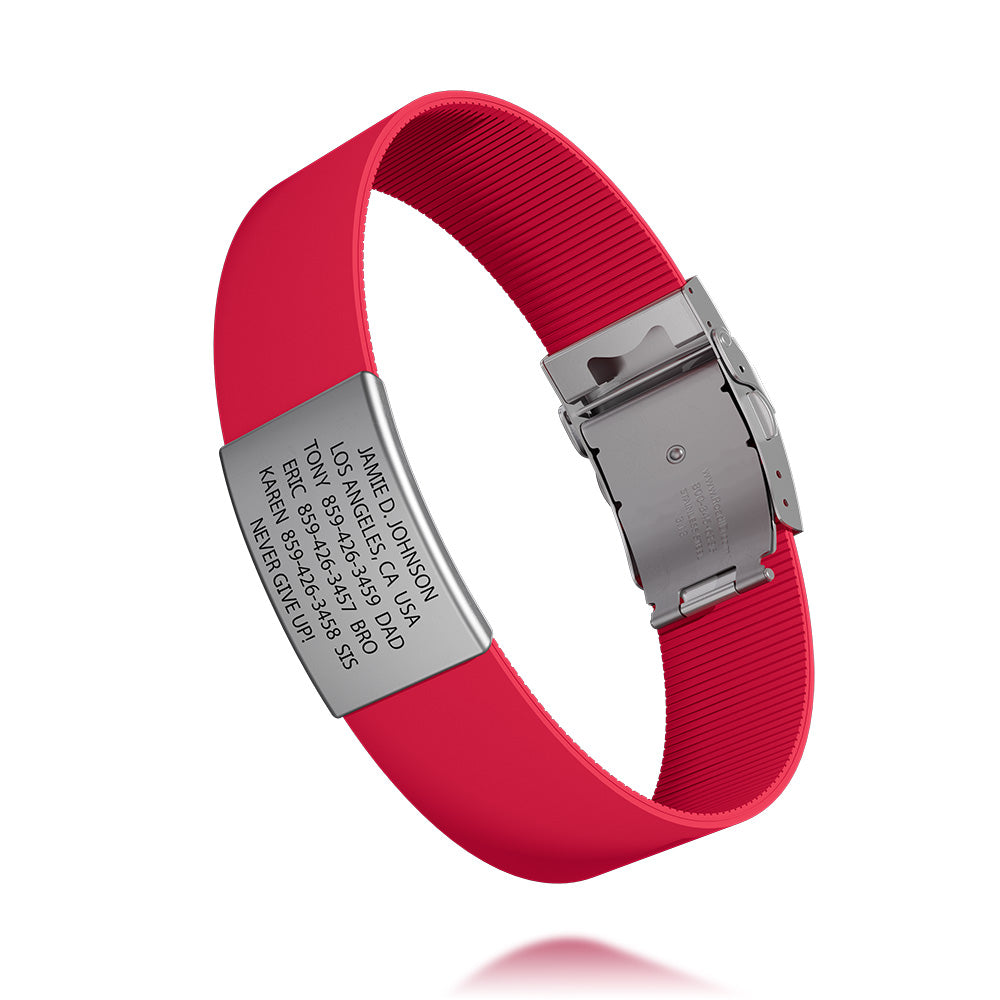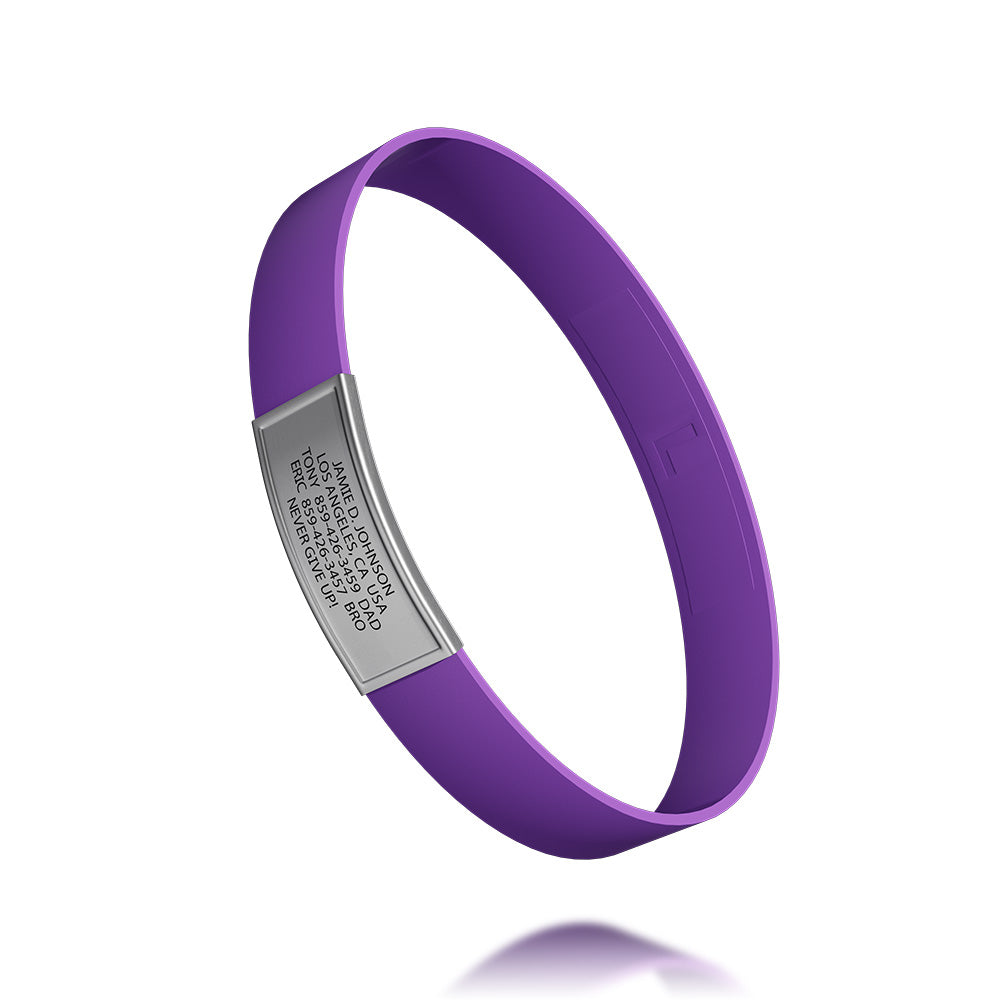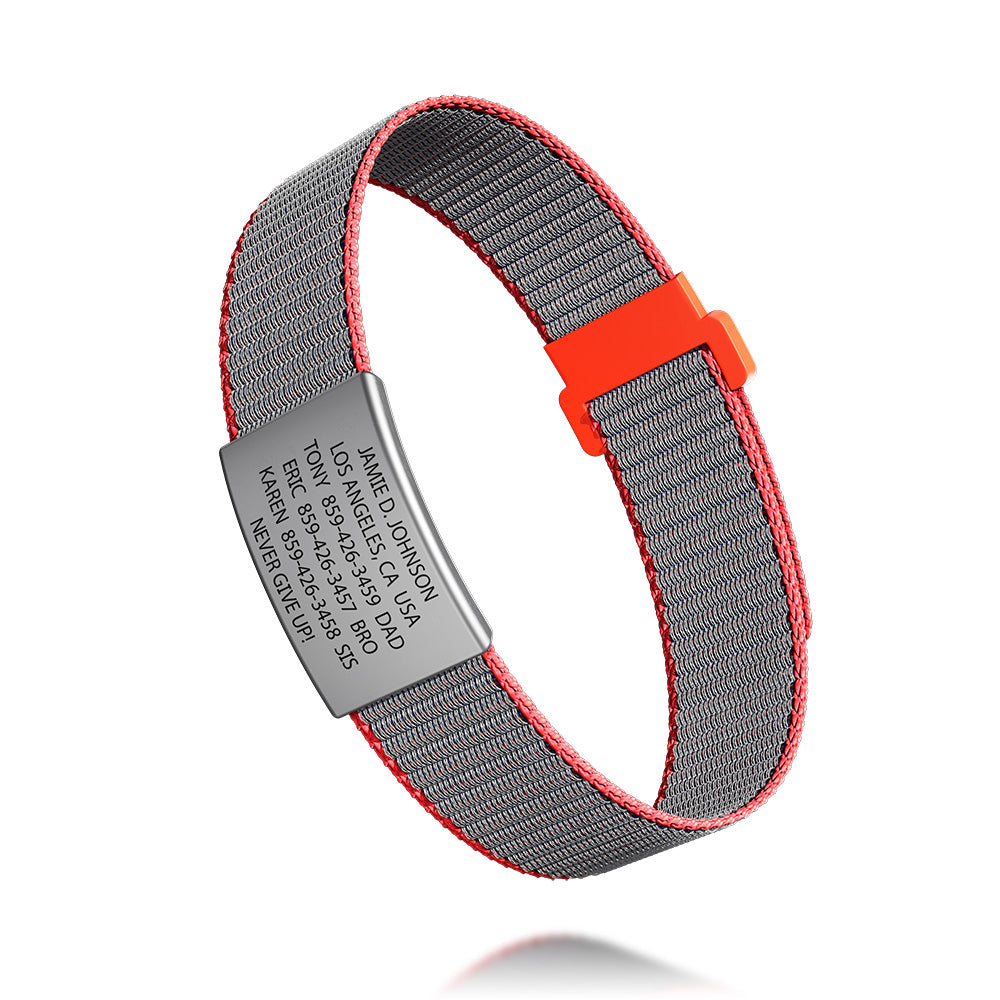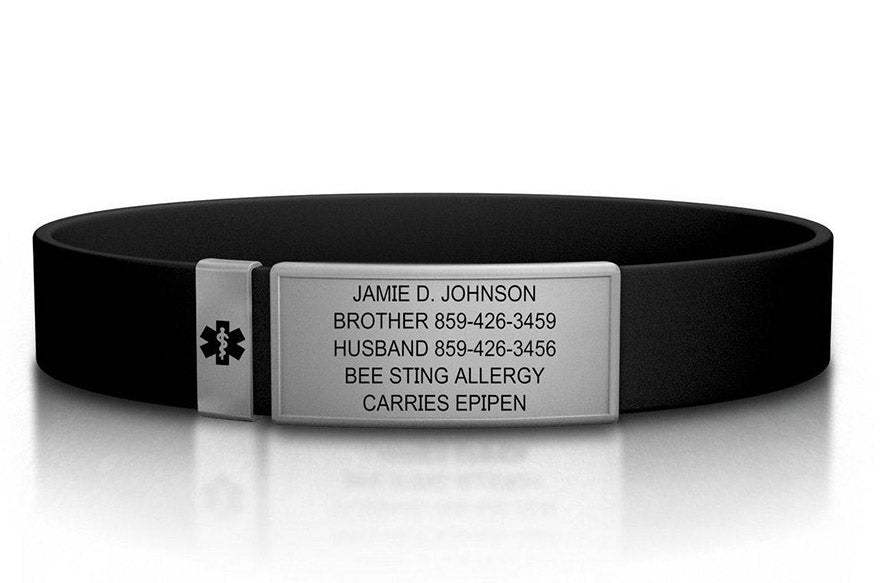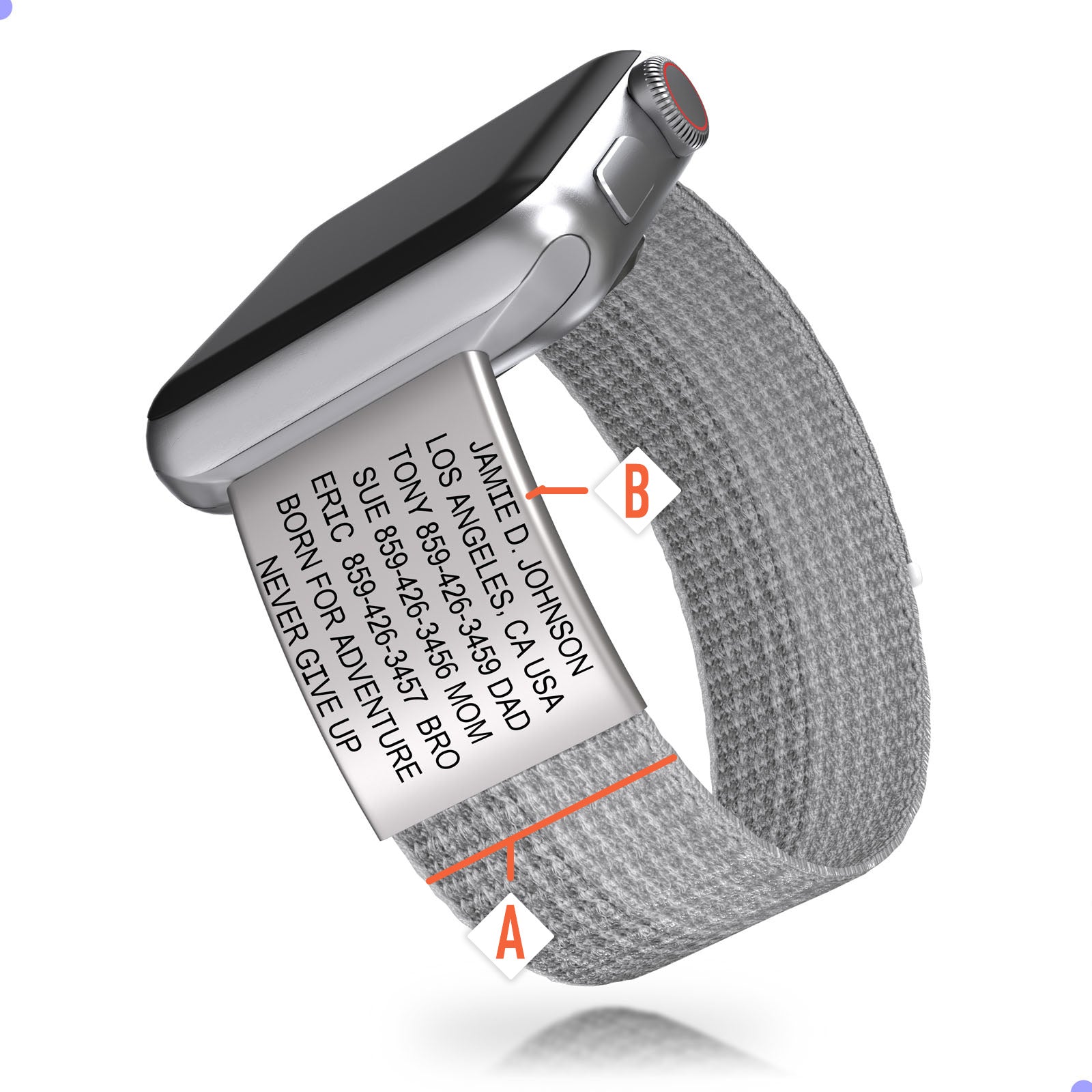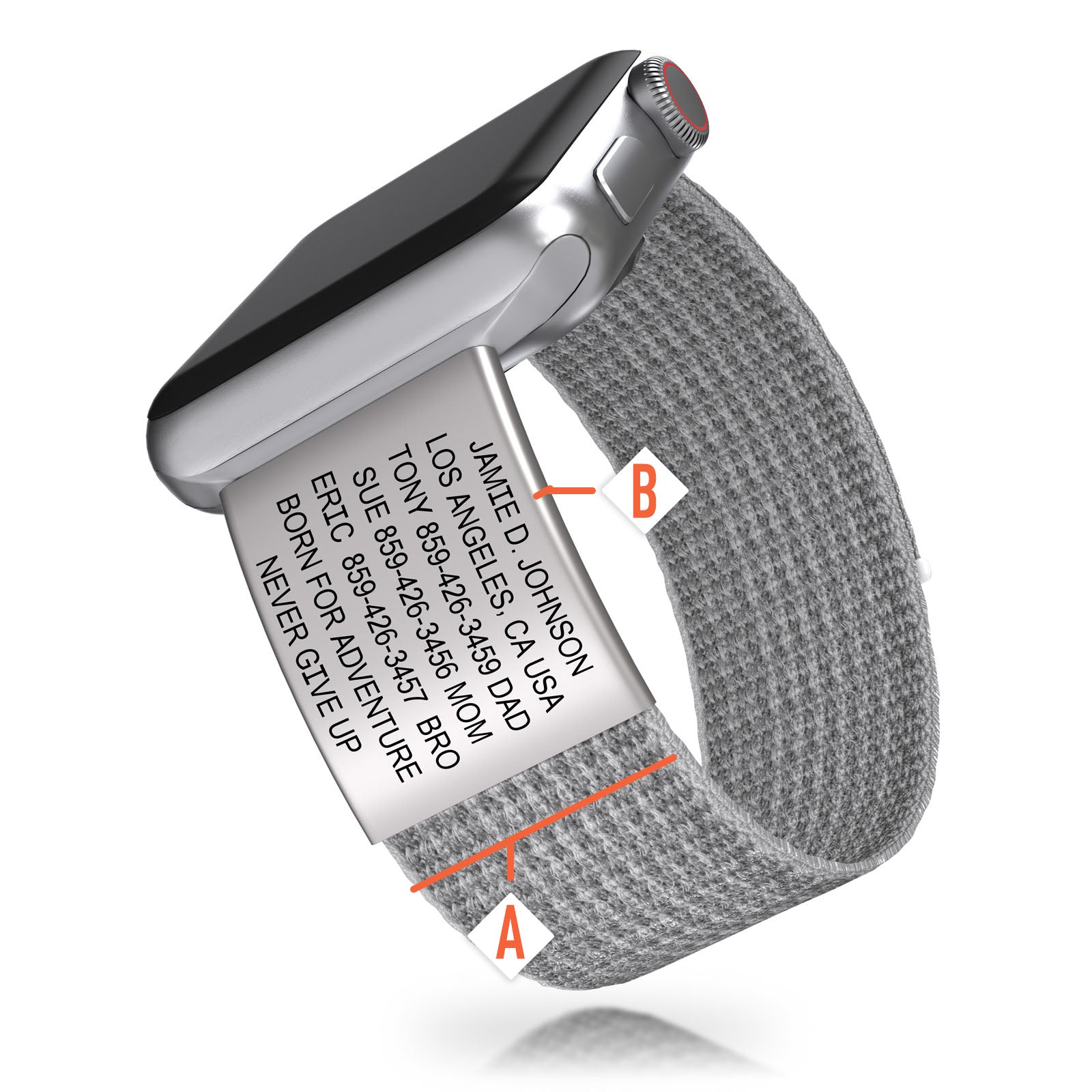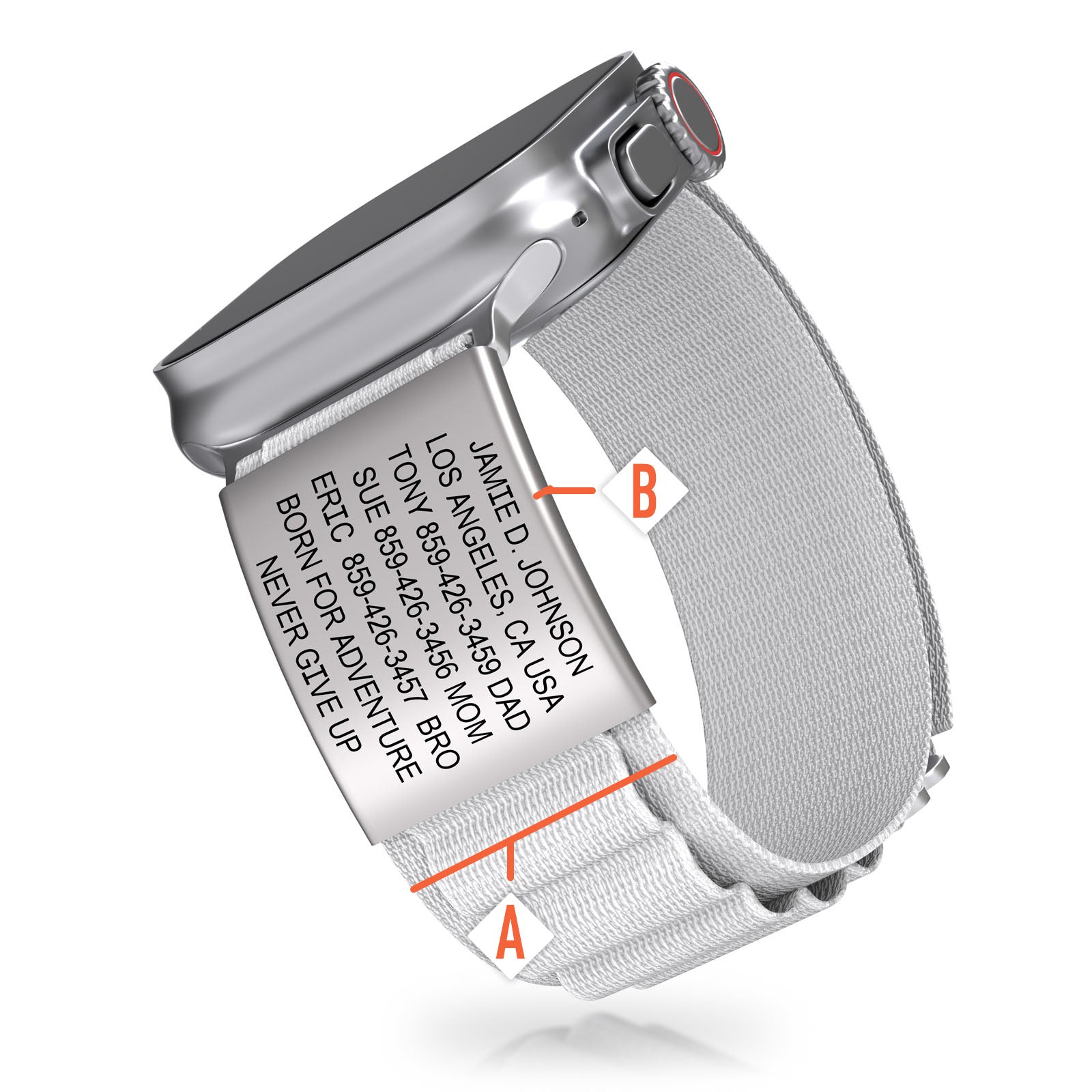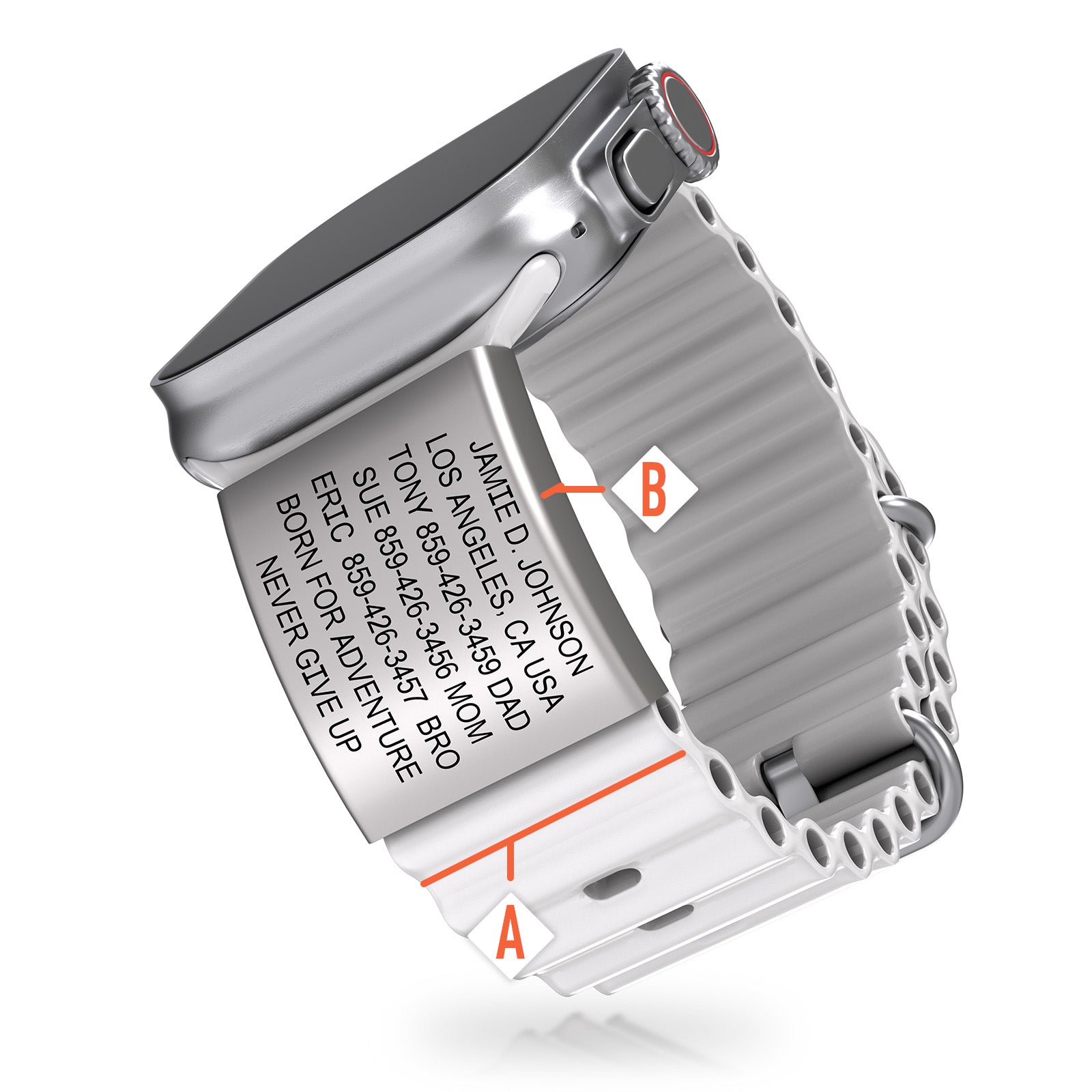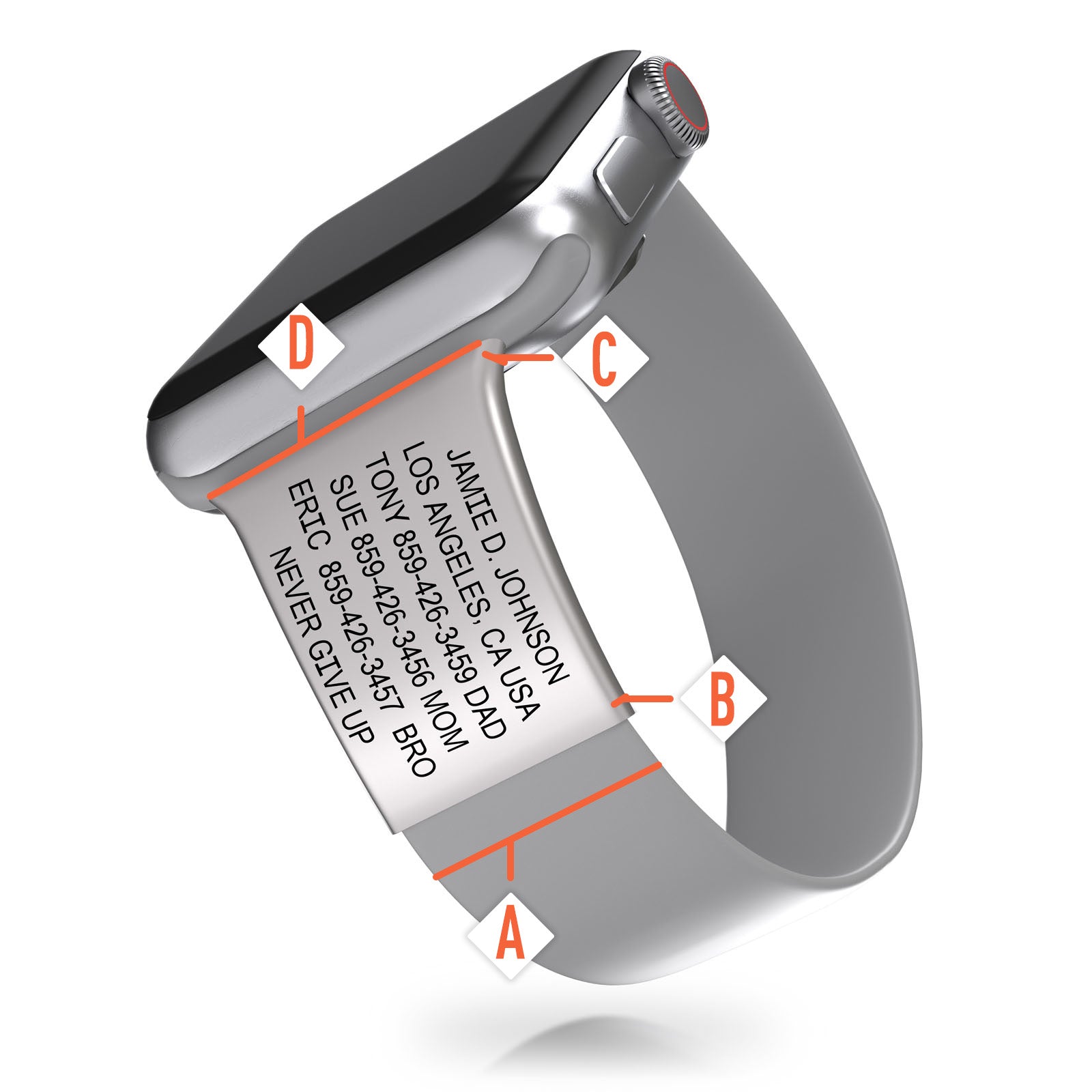As an athlete or adventurer, you know there are times when the path throws challenging things your way, from limit-pushing inclines to unexpected downpours. You prepare for them by conditioning your body, knowing your limits and wearing the proper gear. But there’s one thing you can do to enhance safety while you explore, and that’s putting on a medical ID bracelet every time you embark on an outing.
We know, we know: more gear = slower times. But don’t worry! These lightweight little bands are so comfortable you’ll barely notice yours. It’s only there when you need it.
What Is a Medical Alert Bracelet?
Simply put, a medical alert bracelet is a wearable identifier that communicates your vital medical history and personal information when you can’t do so yourself. Ideal for cyclists, runners, hikers, travelers, kids, senior citizens and those with special needs, a medical ID bracelet helps improve the outcome of accidents and emergencies by speaking for you when you can’t speak for yourself.

When Should You Wear a Medical ID?
Those who love to run, cycle, hike or otherwise explore the outdoors can benefit from wearing a medical ID while being active. In fact, medical experts say runners and athletes of all sorts should always carry identification with their name, phone number, blood type and key medical information to enhance safety in the event of an accident or injury. This is especially crucial if you tend to exercise alone.
Those who suffer from diseases that affect cognitive function — such as Alzheimer’s and dementia — as well as those who are non-verbal or non-hearing may choose to wear medical identification bracelets at all times, even when not exercising. They’re also an excellent option for easily identifying children at camp, school, the park or while on vacation.
What Should a Medical ID Bracelet Say?
You can customize your silicone ID band with whatever information makes the most sense for you or the intended wearer. The idea is to provide essential information that a medical professional or rescuer may need in an emergency scenario. Everything from your blood type to your allergies can be engraved on your emergency bracelet. Each ID features a medic alert badge and up to five lines of text that you can customize to your preferences.
Here are a few of the most common things to put on a medical bracelet:
- Your first and last name as it appears on your government ID and medical records.
- The place where you live, including the city, state and zip code.
-
Primary emergency contact, including relationship and phone number.
-
Secondary emergency contact, including relationship and phone number.
-
Allergies to insects, foods or medications as well as EpiPen information.
-
Specific conditions and disabilities, such as Alzheimer’s, diabetes, celiac disease, hypertension, blood disorders, autism spectrum disorder, etc.
-
Other medical information, such as important medical history, medical devices used (including hearing aids and pacemakers) and treatment precautions.
- Your blood type, if known.
For more information on what to engrave on your medical ID bracelet, reference this guide from ROAD iD.
Are They Comfortable?
We get it — when you’re being active, the last thing you want is to add anything bulky or
uncomfortable that could take your mind off the route ahead. That’s why you need the right bracelet made of the right materials. Choose a comfortable silicone identification bracelet from ROAD iD to ensure that your bracelet never gets in your way. You’ll even find styles that integrate with your Apple Watch or Fitbit!

ROAD iD is focused on providing inclusive, adaptive options that serve wearers with disabilities and unique considerations. Our custom medical bracelets come in a wide array of styles, colors and sizes to suit your needs and abilities. Multiple band and clasp options are available, including nylon and silicone bands, as well as stainless steel and hook-and-loop clasps.
You Never Know When You’ll Need It
A cyclist sideswiped by a van, a runner shot by an air gun mid-jog, a triathlete’s life-threatening crash in a country away from home. All of these scary scenarios share one key commonality: They were unfortunate situations with improved outcomes thanks to the presence of a medical alert bracelet. We’re not in the business of fear-mongering, but we always want to help keep the world’s limit-pushers and game-changers safe on the go!
We know that the vast majority of the time, you won’t have to use it, but in those rare instances where you do, you’ll be glad you were wearing your ROAD iD.
